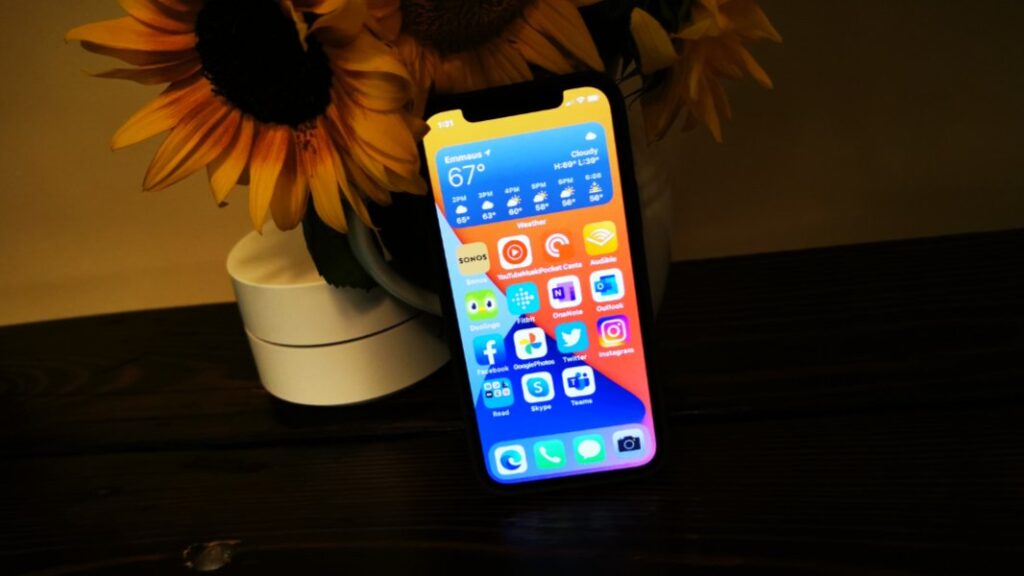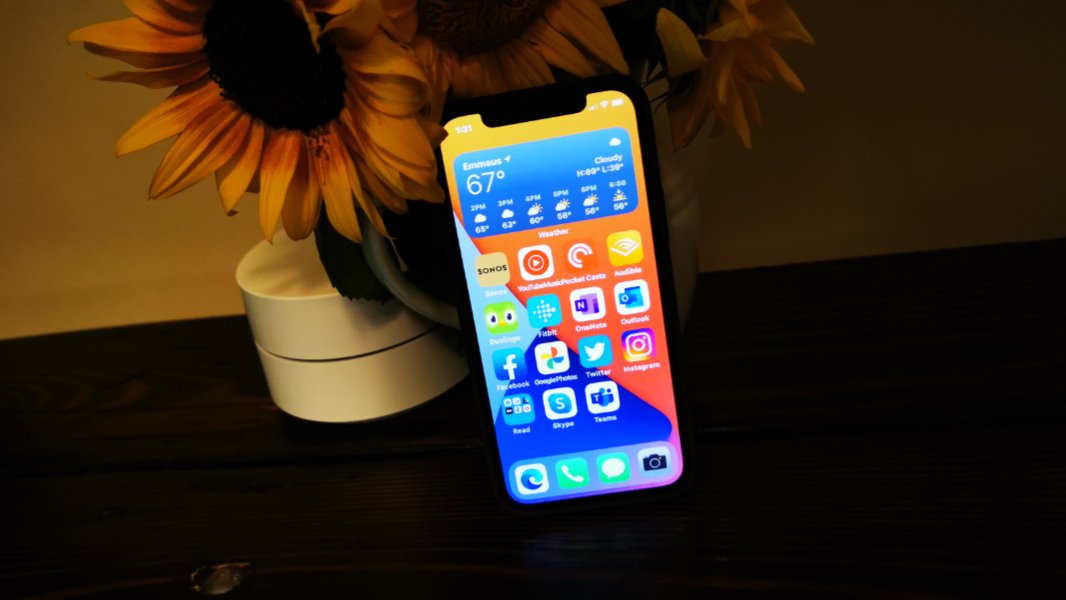
Now that I’ve a few day’s price of expertise utilizing the Apple iPhone 12, listed below are some extra notes and feedback about this new system.
First and most clearly, I’ve already taken quite a few pictures in quite a lot of circumstances and I’m principally pleased with the outcomes, which embrace nice element and reasonable colours. You don’t get the surrealistic HDR coloration pop present in Samsung or Huawei flagships, and I’m curious why that’s not even an choice you may allow.
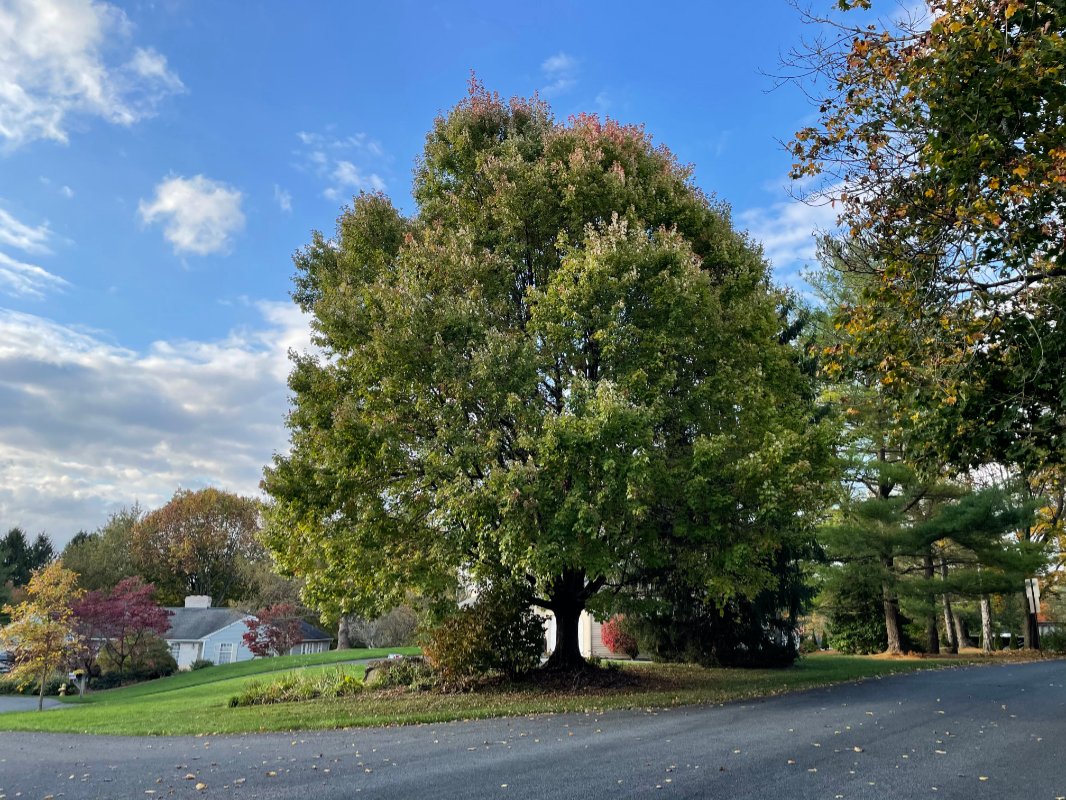
However for probably the most half, the images I’ve taken—snapshots, actually, since I’m doing nothing specific configuration-wise—are fairly good.
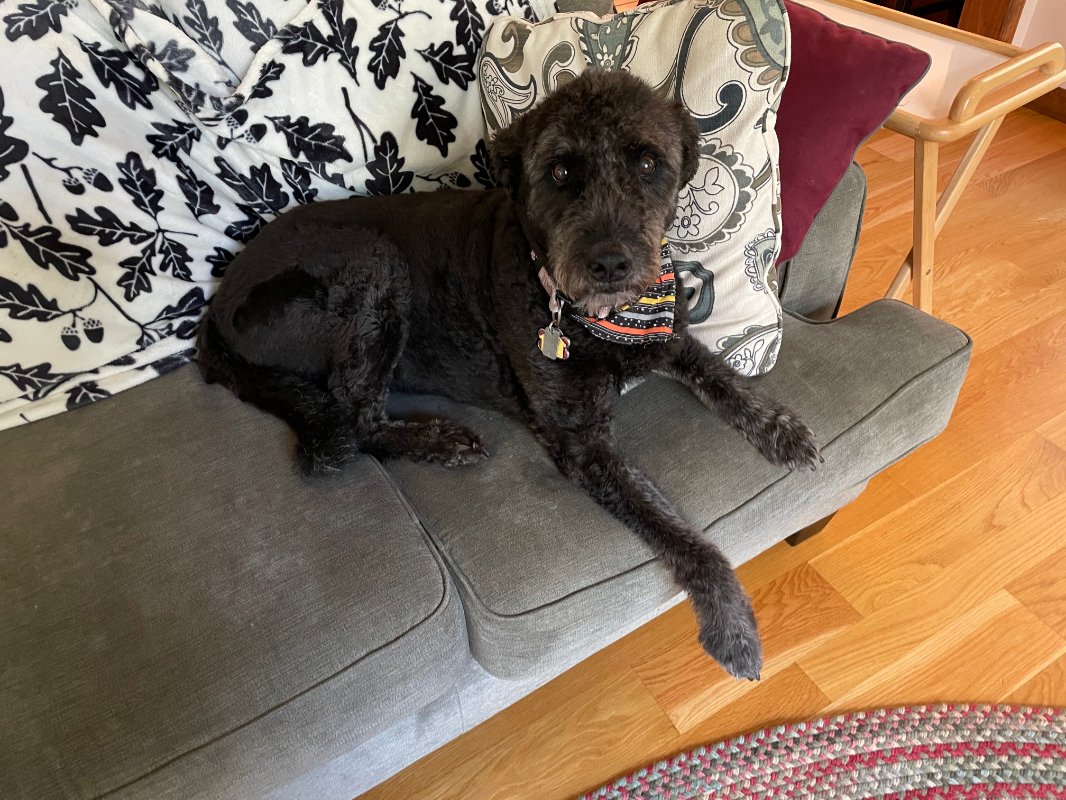
I’ve seen two worrying points, nevertheless.
First, the ultra-wide lens wildly distorts the perimeters of pictures. For instance, think about the tilted fringe of the home and the sweeping clouds within the far left of this picture. Ugh.
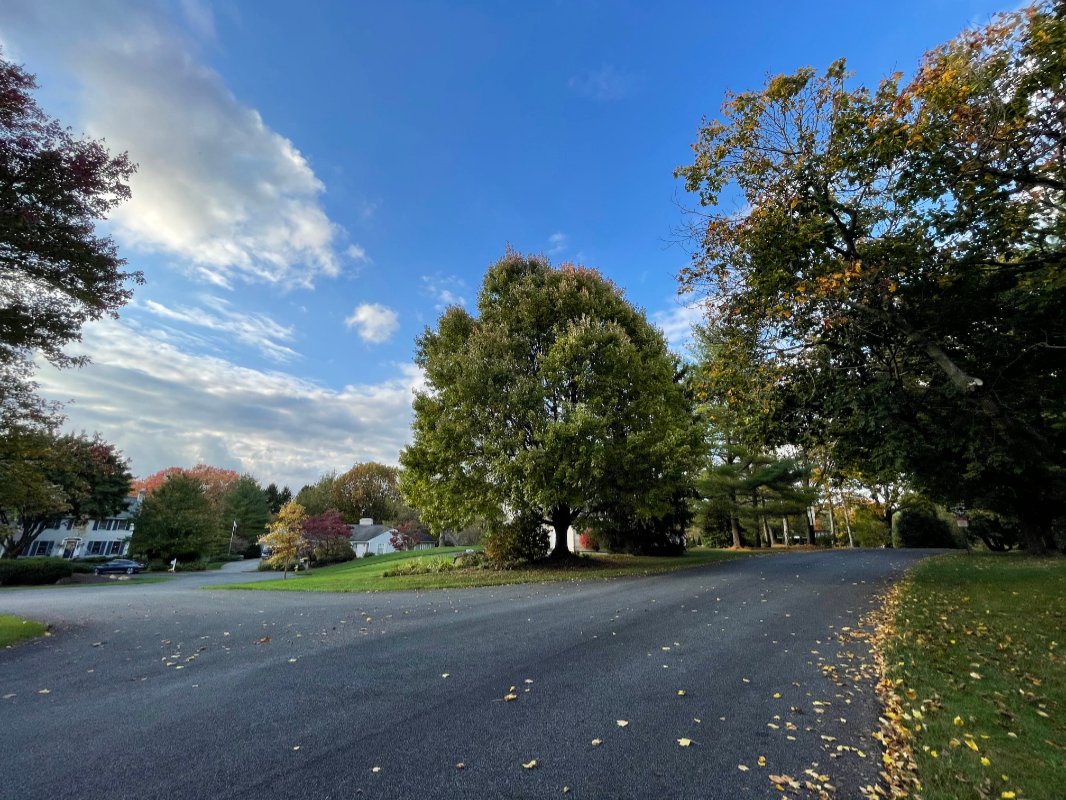
Second, I’m unsure about low mild pictures fairly but, although I’ve solely taken a number of. Right here, there’s a bizarre sample of lights within the sky that weren’t actually there, although I did discover them within the viewfinder whereas I took the shot. Curious.
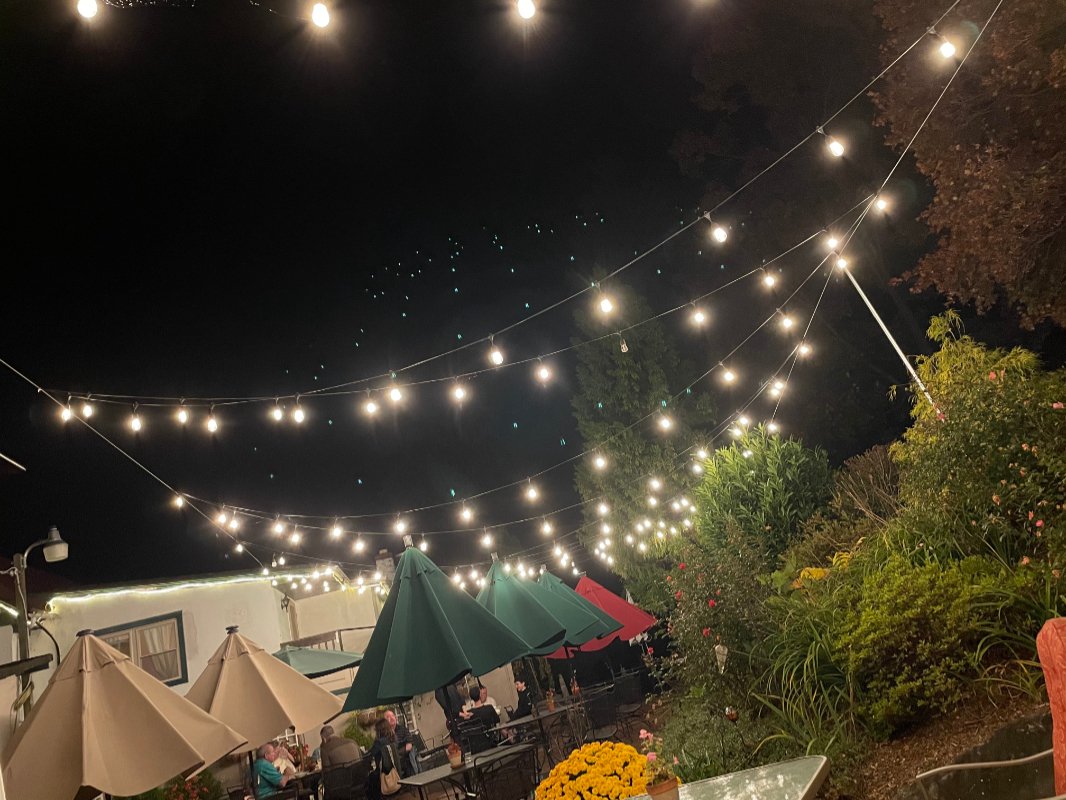
Past that, the pictures principally stand up to shut examination and a few of them, like this night time/cloud shot, are downright spectacular. I’ll hold testing.
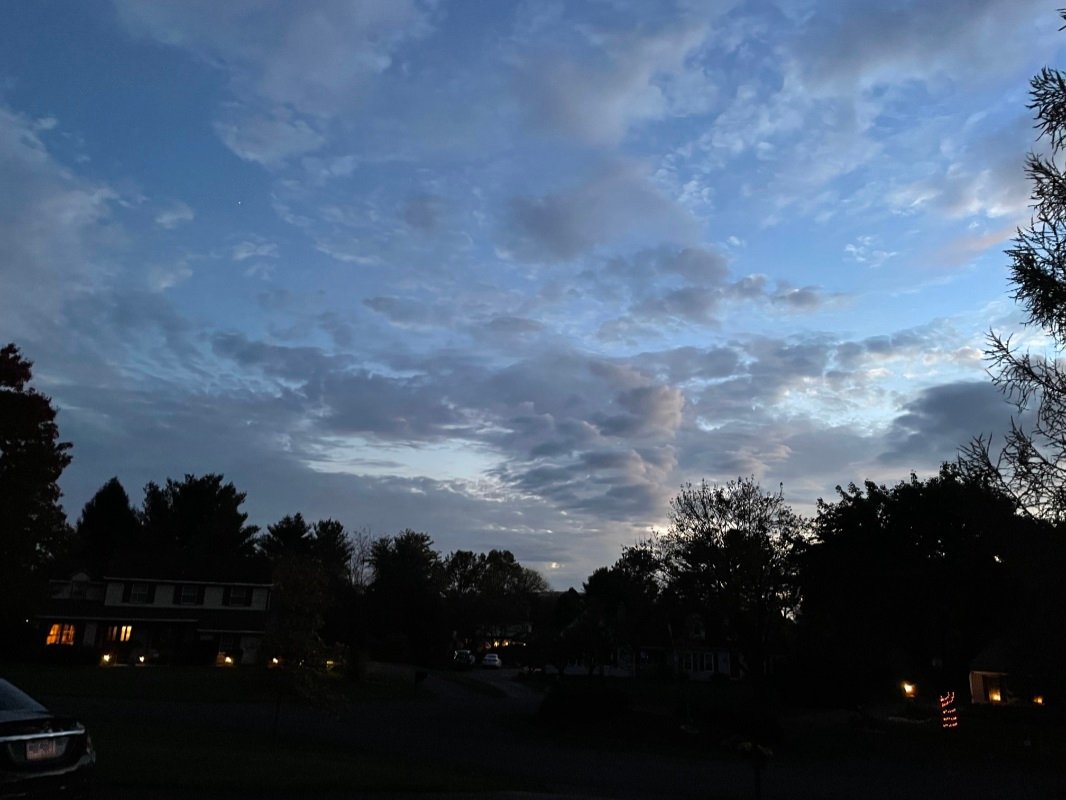
That is sort of a goofy statement, however I’ve been experimenting with minimalist residence display layouts as a part of a broader rethink of how I work together with my smartphone every day as a software. That is what a part of makes a lackluster cellphone just like the Pixel 5 curiously enticing to me; the whole lot about it’s minimalist, from its bland design to its easy software program, and I’m wondering if that actuality would make me deal with it extra just like the software that it’s.
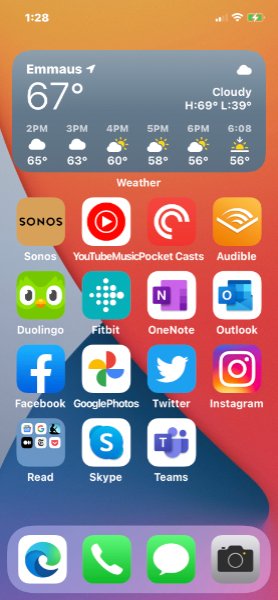
Anyway, it’s potential the iPhone might fulfill this position as nicely, and so I went to nice lengths to reduce the variety of app icons that seem on the one residence display I’ve configured. I’ll want a number of days to determine if that is sustainable and even probably environment friendly, however two current enhancements in iOS 14—residence display widgets, which can be utilized to push icons nearer to the underside of the show the place they’re extra simply reached, and the App Library—actually assist.
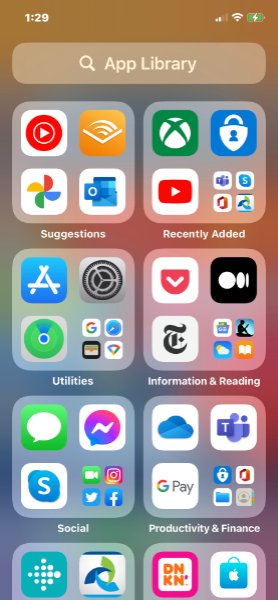
The way in which iOS handles notifications is totally different sufficient from Android that it may be complicated. For instance, the Duolingo app is displaying a “1” in a crimson bang over its icon, and in Android you can long-press on the icon to see what’s up; in iOS, long-pressing solely shows the traditional app choices. And if you happen to open the app, the bang disappears from the icon however you by no means be taught what triggered it.
Now, iOS does after all have a Notification Middle—you swipe down from the highest left of the show to see it—after which you may handle particular person notifications and configure how every of the underlying apps handles notifications. However these choices aren’t as granular as what we see on Android, although they find yourself being simply as tedious to handle once you first arrange a tool from scratch like I did. I suppose it’s simply totally different.
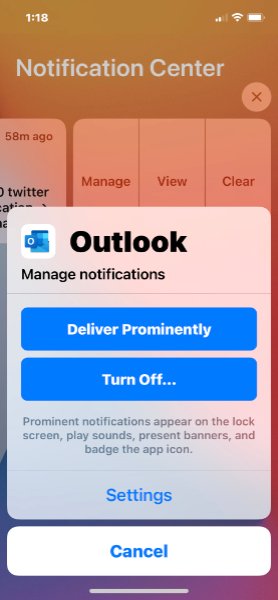
I’m additionally struck—and never in a great way—by how most of the apps I take advantage of repeatedly don’t fill the iPhone 12’s show however as a substitute seem smaller within the middle of the display with massive black borders on the high and backside. I’m advised that that is the fault of the app builders, as a result of they should particularly goal the iPhone 12’s (and iPhone 12 Professional’s) new and distinctive display dimensions and backbone. However I’m stunned that is even a problem; it looks as if an issue that ought to have been solved a decade in the past. And in at the least one case—the presumably terribly-written Samsung Galaxy Buds app—the issue is so extreme I can’t even choose a hyperlink to get previous an informational blocker and entry the precise app.
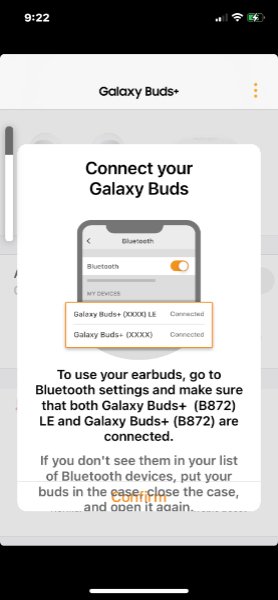
I’ve been stunned to see the iPhone report a 5G connection in numerous locations close to my residence, each final night time once we headed out to a restaurant, and this morning after I drove backwards and forwards from the fitness center. As it’s possible you’ll know, I’m utilizing Mint Cell, which relies on T-Cell, they usually do provide free 5G for subscribers. However I’d by no means seen 5G pop-up on, say, the Notice 20 Extremely, which is 5G-compatible, although I did see it throughout a visit to North Carolina. I haven’t examined the speeds wherever but, however I’ll. I’m curious. (However reasonable: That is T-Cell, so it’s simply Sub-6 5G and never the quicker however extra elusive mmWave 5G that Verizon additionally gives and also you would possibly discover in a handful of places in New York Metropolis or no matter.)
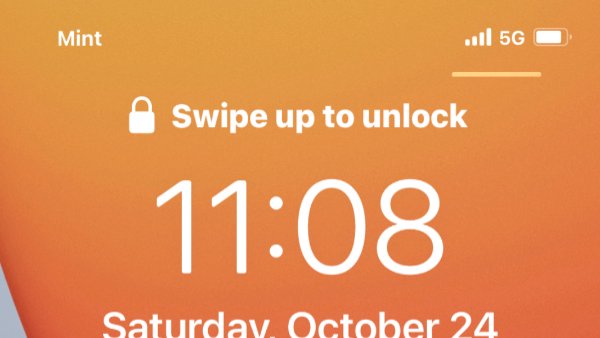
And right here’s one thing really bizarre however great and, to be clear, very particular to my very own use case.
We use Sonos good audio system within the sunroom, kitchen, lounge, and loo, and you may work together with them in one among two methods: Utilizing the Sonos app, which connects to numerous third-party providers, or utilizing sure third-party apps—like Spotify and Audible—that “know” about Sonos and may solid to those audio system outdoors of Google’s Chromecast/Google Forged ecosystem.
Sonos could make nice audio system however its software program isn’t nearly as good, and I very a lot desire to make use of the third-party apps when potential. The issue is that I take advantage of Google’s music service. When this was Google Play Music, all was nicely: It might “solid” to Sonos audio system identical to Spotify can. However with the transition this 12 months to YouTube Music, that characteristic was misplaced. YouTube Music can’t “solid” to Sonos, and so I have to play music from the Sonos app as a substitute.
Enter the iPhone 12 or, extra appropriately, iOS. Apple’s platform(s) provide a 3rd technique to work together with newer Sonos audio system, AirPlay 2, which one would possibly consider as Apple’s model of Chromecast/Google Forged. Google doesn’t natively assist AirPlay 2 or no matter as a result of it doesn’t should: It’s a system-level characteristic that permits you to direct the audio output of any app from the system’s audio system to a number of AirPlay 2-compatible audio system.
My Sonos audio system are all AirPlay 2 appropriate. Thus, I can use the YouTube Music app I desire with these Sonos audio system, bypassing the Sonos app. To take action, I simply open the YouTube Music app, choose the music I need, press Play, swipe down from the highest proper to show iOS’s Management Middle, after which choose the Now Taking part in tile, which has an AirPlay 2 icon.
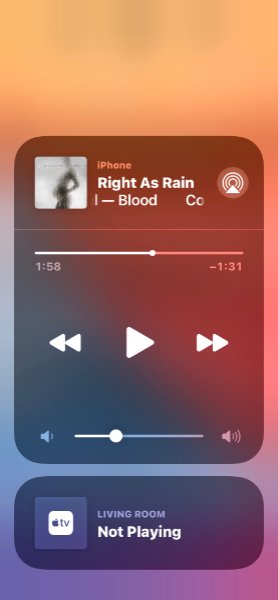
When you choose that, I see all of the AirPlay 2-compatible audio system on my Wi-Fi community. Together with these Sonos audio system. Good!
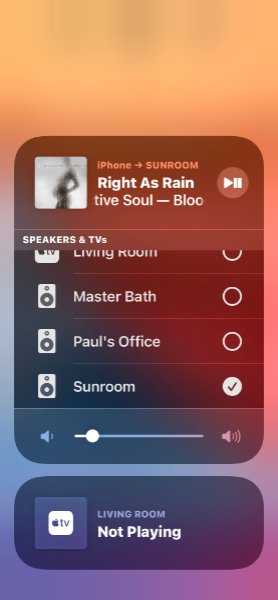
Now, I do know that few individuals are utilizing this mix of a Google music service, Sonos audio system, and Apple gadgets. However it’s nonetheless considerably fascinating to me that the three might be made to work collectively on this trend.
Extra quickly.
Tagged with Apple iPhone, iPhone 12
